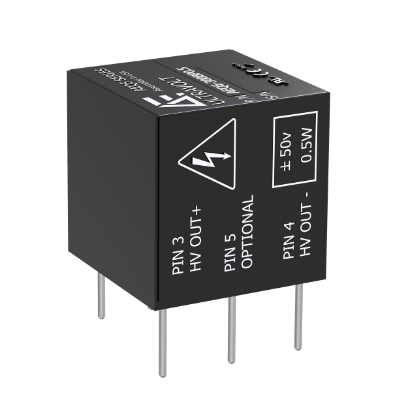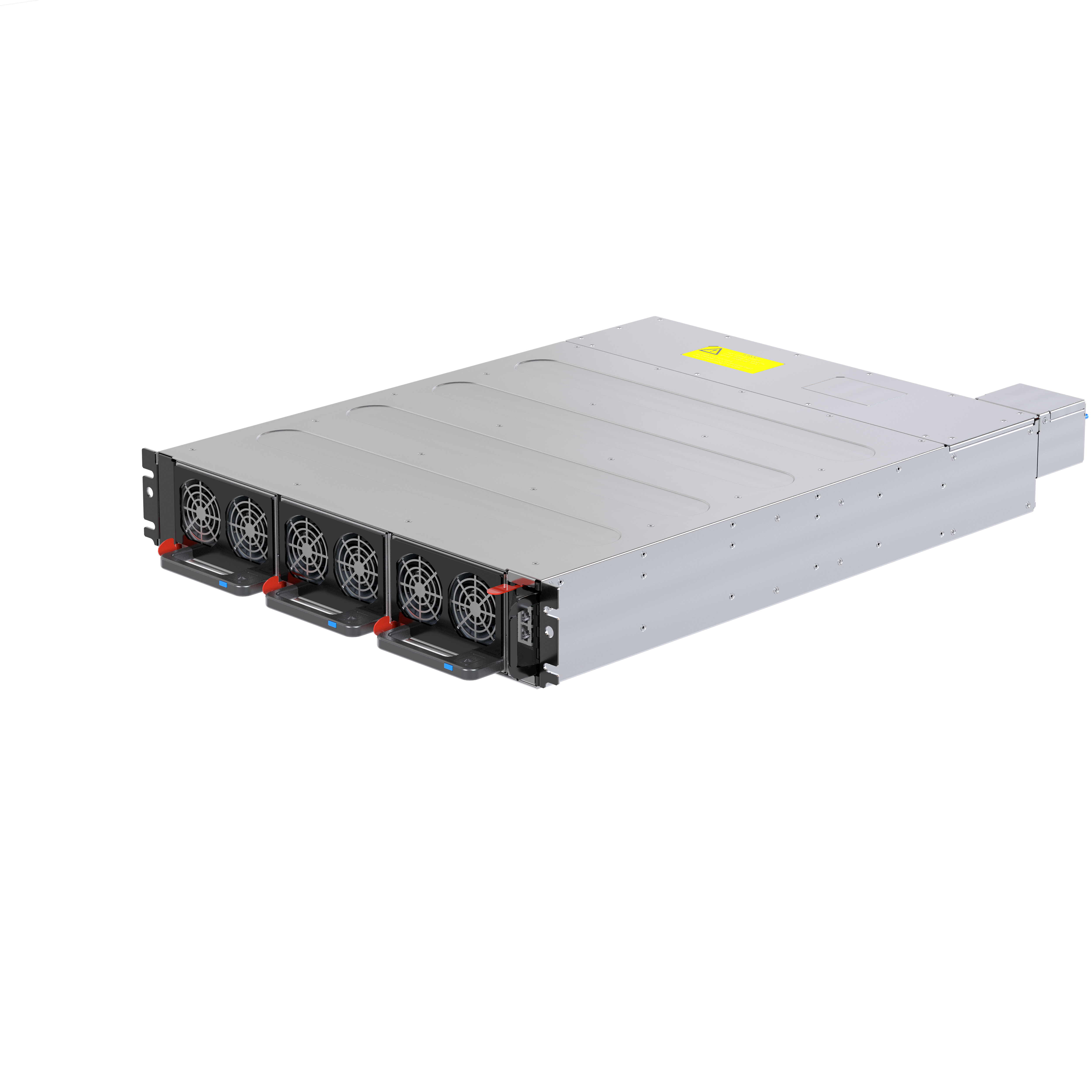MRI
Like any application needing high precision for accurate measurements and seamless operation, MRI scanners come with demanding power requirements. These span from the power supplies housed within the cabinet, requiring rapid ramp-up times, to modular yet stable lower power supplies for table movements, display and other sensors.
MRI systems are continuing to evolve, field strengths increasing, and gradient switching times becoming shorter, all in the pursuit of improved diagnostic outcomes. This evolution has led to a rise in power demands. The power solution must be designed such that any conducted or radiated noise doesn't impact the sensitive measuring equipment, thereby ensuring unimpaired detail discernment. Understanding these requirements enables us to deliver a diverse range of complex power solutions for medical systems like MRI equipment.
Advanced Energy's expertise in power solution design and an understanding of the system requirerments ensures that the complex needs of MRI systems are adequately and efficiently met.
주요 제품
Frequently Asked Questions
주요 리소스

CoolX1000 provides power density and acoustic noise requirements for Portable MRI equipment
Download CoolX1000 Provides Power Density and Acoustic Noise Requirements for Portable MRI Equipment Case Study to gain insights on how AE's CoolX1000 fanless AC-DC power supply is the solution for low-noise, high-density power needs in portable MRI systems.

HV Power Supply MRI Machines Case Study
Download High Voltage Power Supply for PIN Photodiode Assembly to Energize Body Coil in MRI Machines Case Study to gain insights on how AE's UltraVolt® C series DC-DC converters are the solution for high-voltage, high-reliability power in MRI body coil applications.

Medical Power Supplies Brochure
See our Medical Power Supplies Brochure to discover how AE broad medical portfolio meets your power supply needs.

Medical Power Supplies Selector Guide
Explore AE's broad medical supplies portfolio by downloading Medical Power Supply Selector Guide.

Low Voltage Medical Power Supplies Brochure
See our Low Voltage Catalog to discover how AE Low Voltage powers your medical power supplies.

Medical Imaging Application Note
Download Medical Imaging App Note to discover how AE's high and low voltage power supplies solve critical imaging challenges across MRI, CT, ultrasound, and more.

FOT Medical Systems and Research Applications Note
Download Medical Systems and Research App Note to discover how AE's Luxtron fiber optic temperature probes is the solution for reliable monitoring for you medical application needs.

Low Leakage Medical Power Supplies Application Note
Download Low Leakage Medical Power Supplies App Note to discover how AE's Medical Power Supplies solve low leakage problems.

Diagnostic Imaging Selector Guide
Download Diagnostic Imaging Brochure to explore how AE's rugged and scalable power solutions support CT and MRI systems, from high-power PDUs to low-power electronics for displays and sensors.

FCM 30K Data Sheet
Download Evergreen Vento FCM 30K Datasheet to discover how AE’s 30kW AC-DC power supply with smart fan control and high efficiency meets the needs of industrial and medical embedded power applications.

.png?resizemode=force&maxsidesize=408)
.jpg?resizemode=force&maxsidesize=500)
.jpg?resizemode=force&maxsidesize=500)

